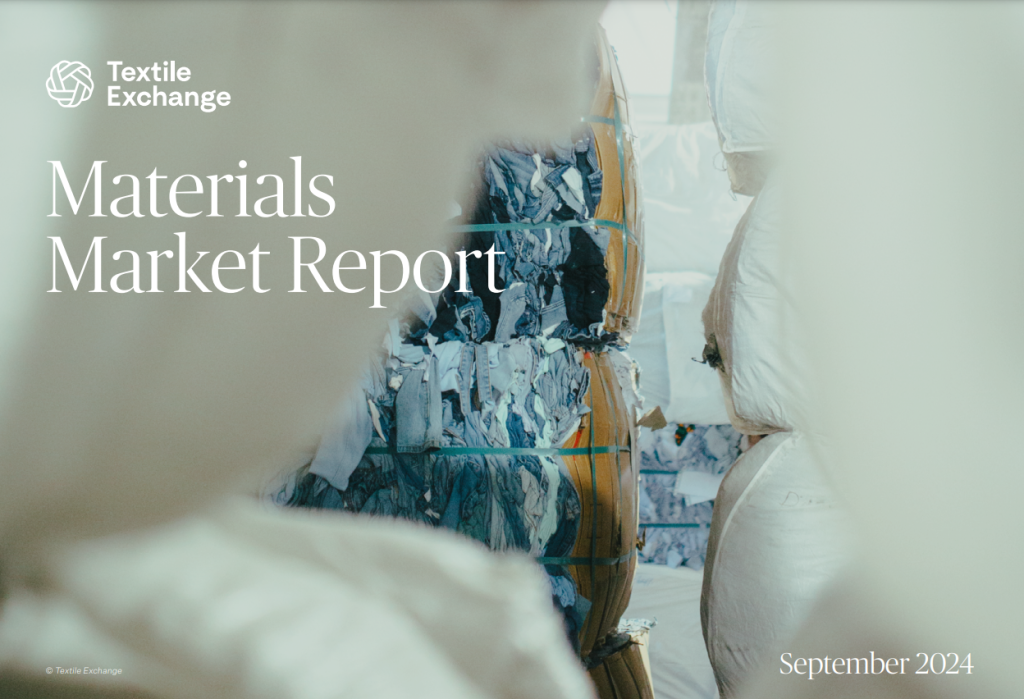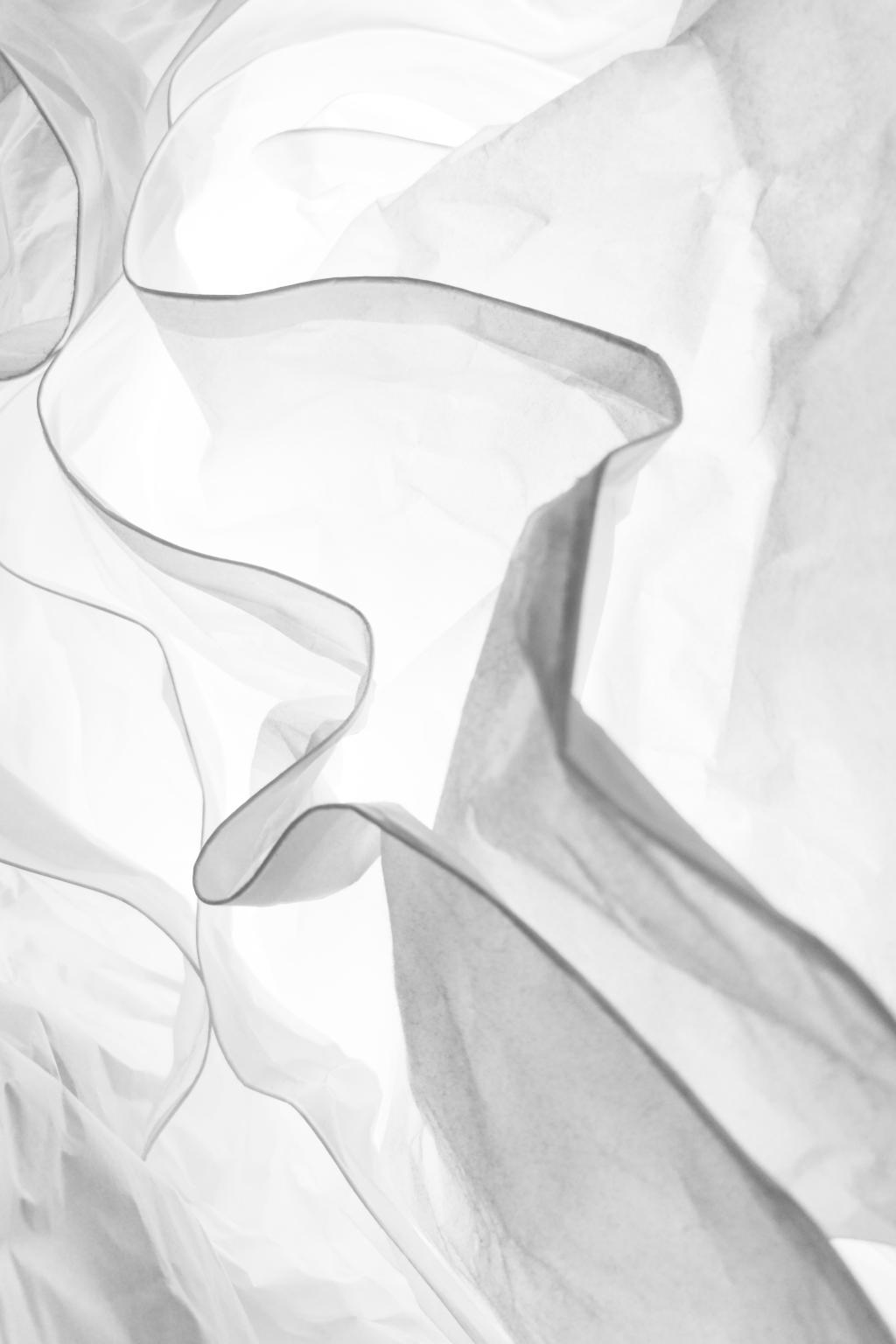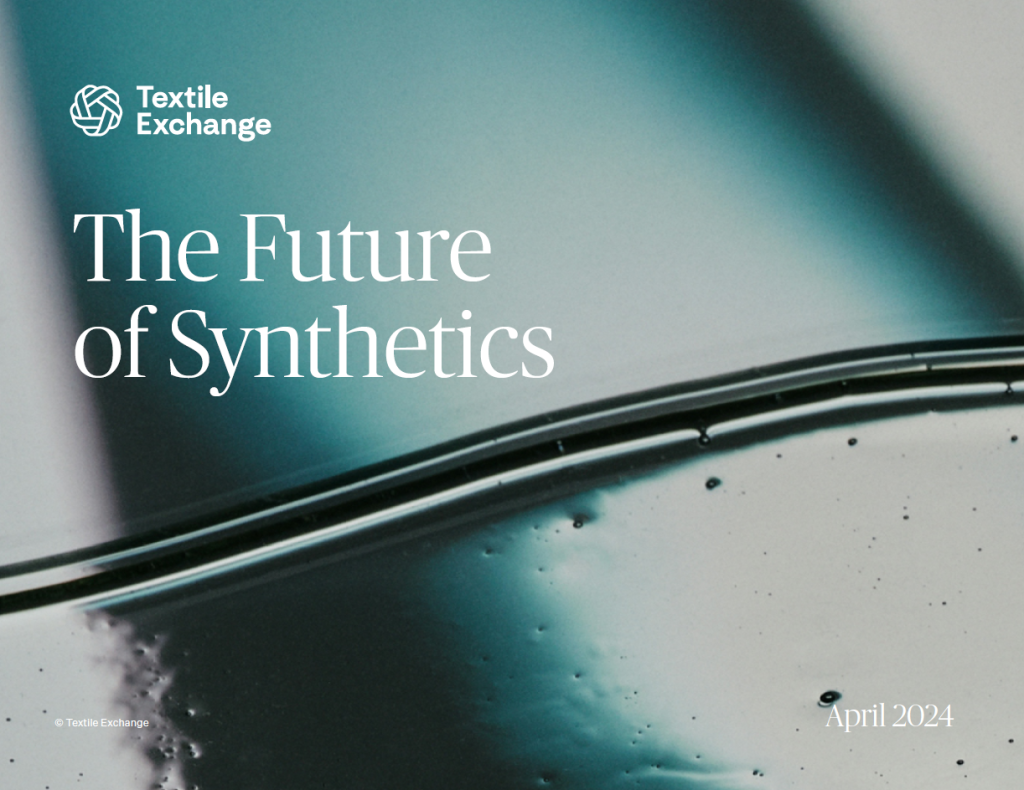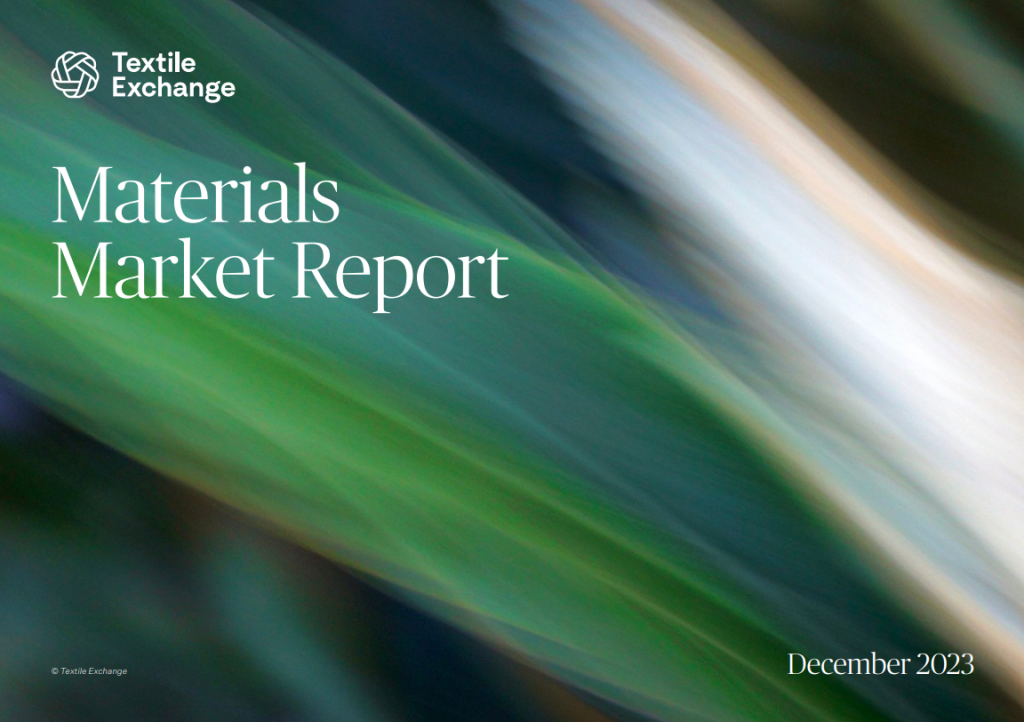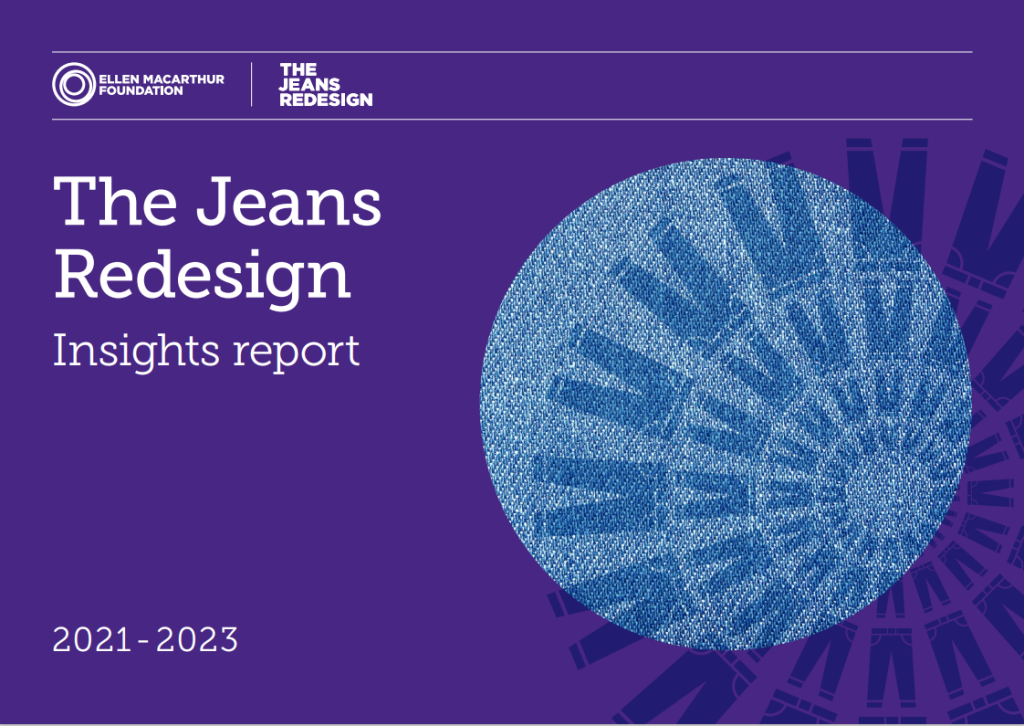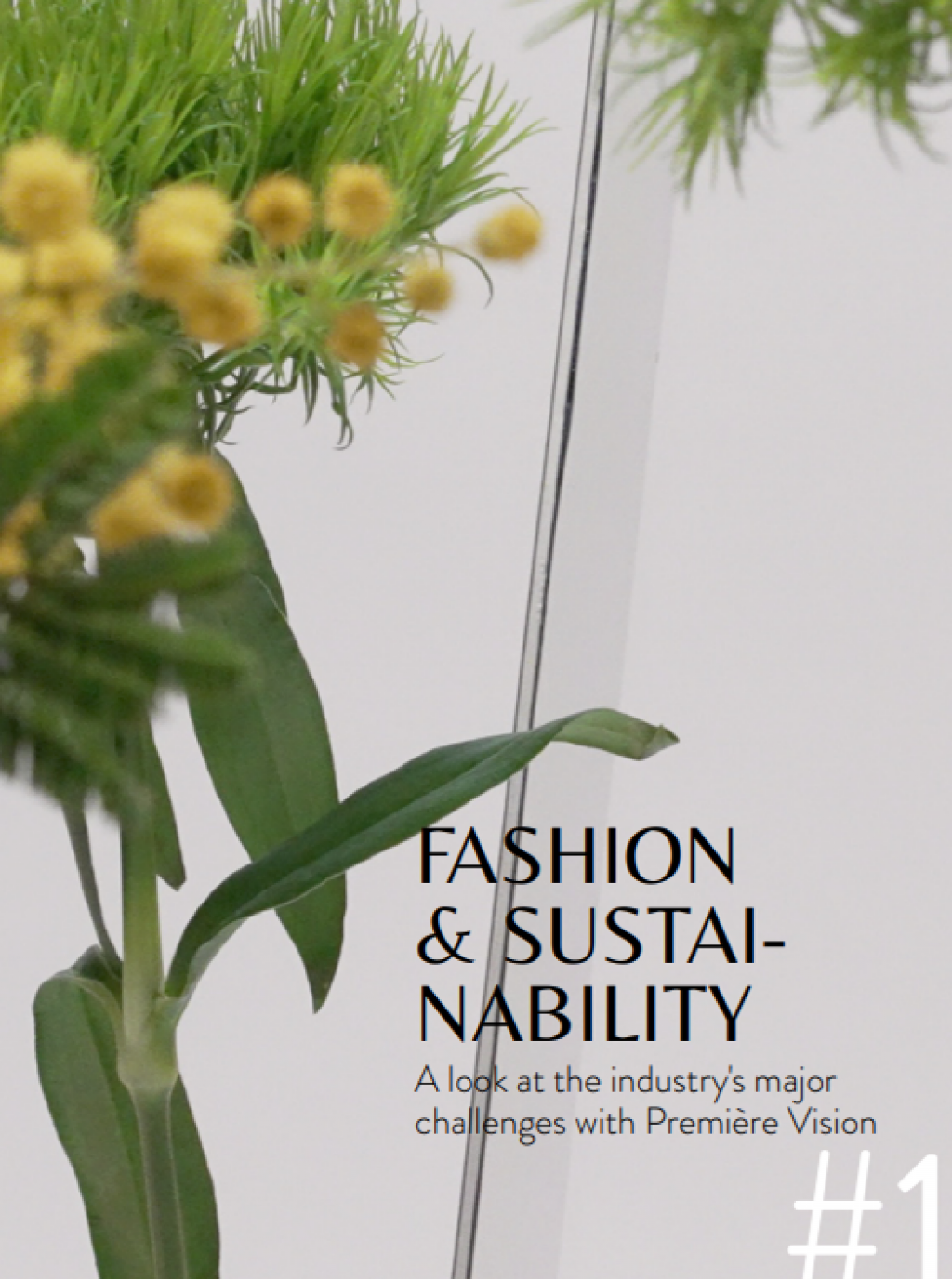
Can you briefly describe your approach?
We started our eco-design process two years ago and a true desire by the company to progress in this area exists. Following the life cycle analyses of our products, we have prioritised the actions to be taken and have decided to work in priority on materials, which present our biggest environmental impacts. We therefore decided to find more environmentally-friendly materials for our products. We are especially working on organic cotton.
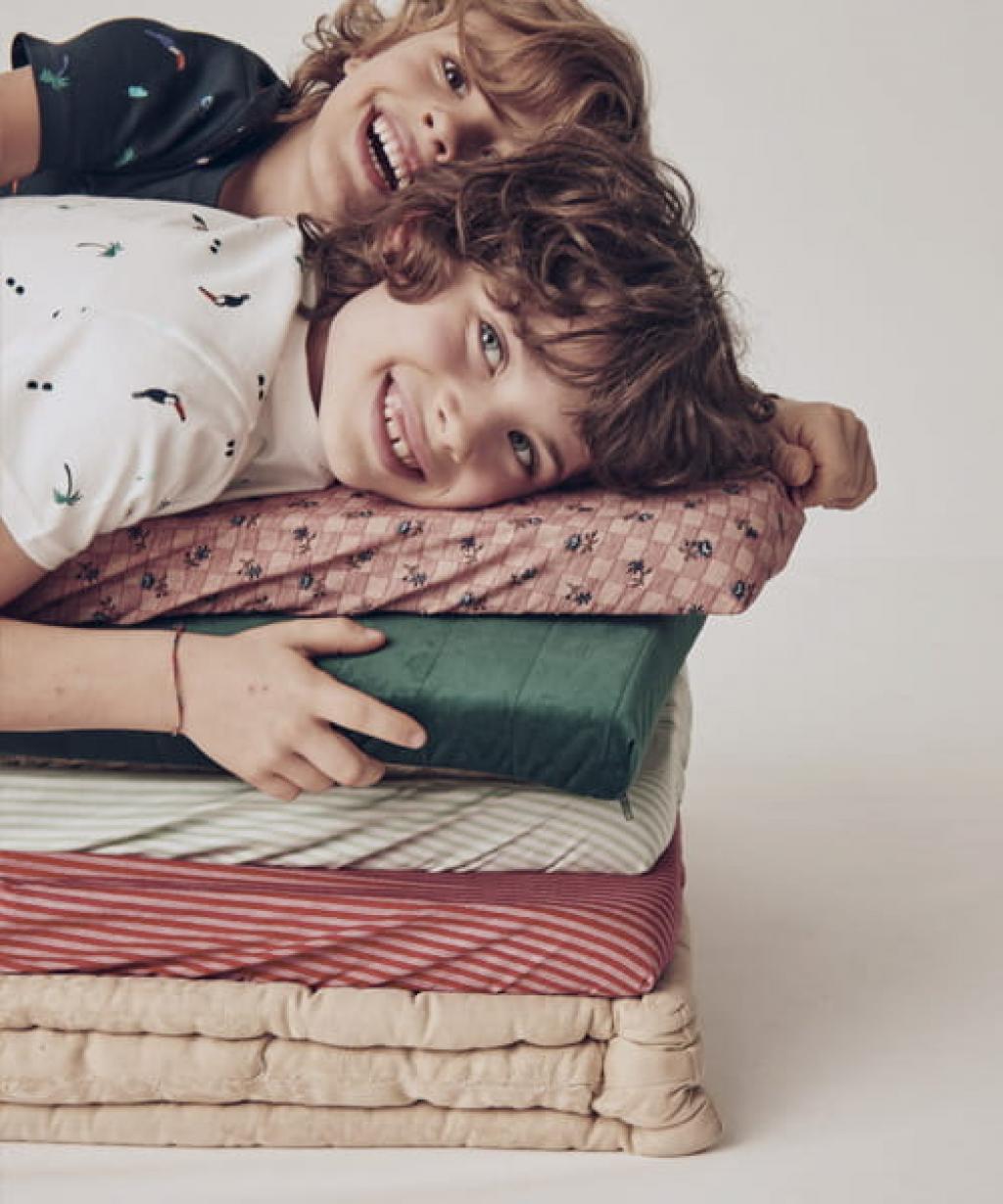
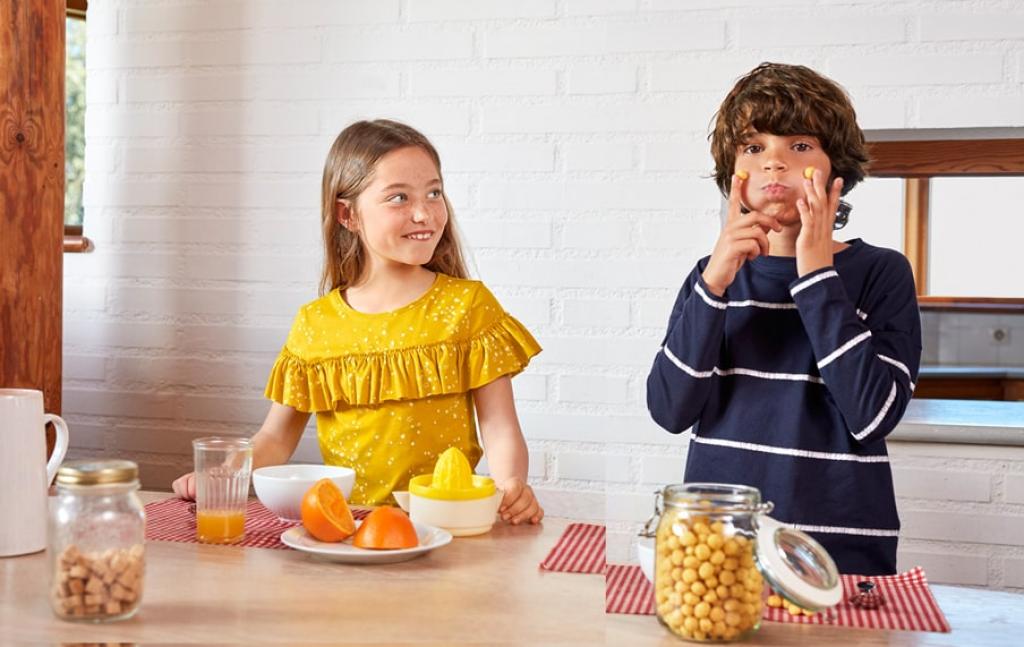
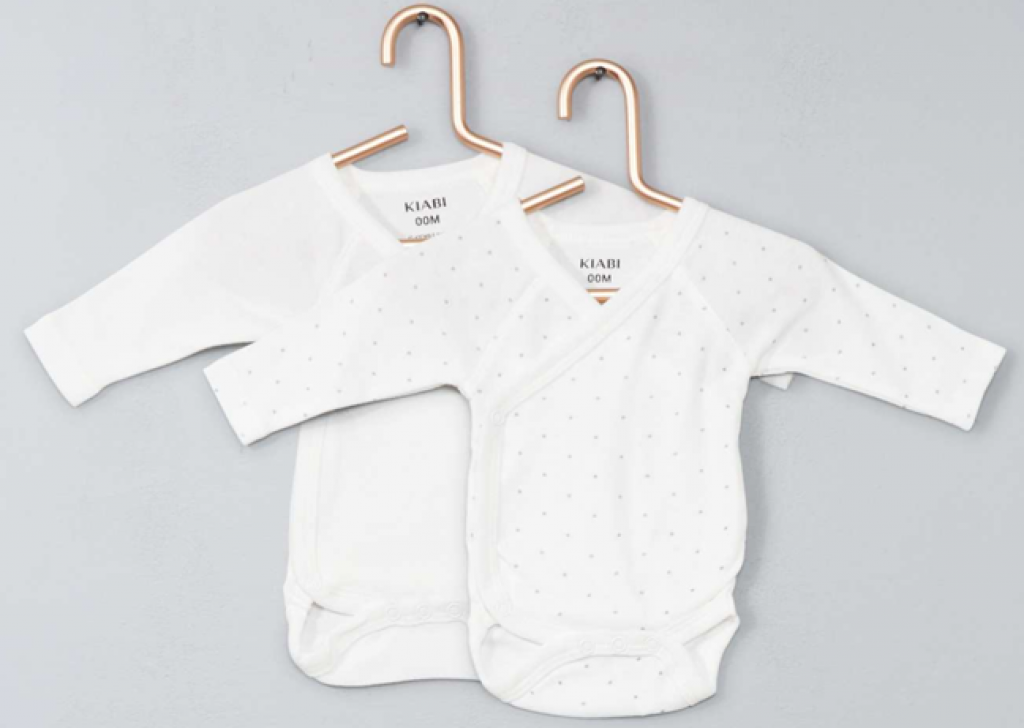
What working method did you use? What were its different stages?
At Kiabi, we say that a product is eco-designed as soon as it fulfils at least one of our eco-design criteria (i.e. is made of material that has the least impact, has a reduced number of accessories or, in the case of denim, is laser-washed). For us, our entry point was materials. This is why we have started to source new materials, broadening this to include the most effective ones. We’re give priority to more natural materials, or those with the least impacts, as well as to those with incorporated secondary raw materials (mainly made from production waste or plastic bottles).
We are in a continual improvement process. This means that we accept that our products may not be perfectly eco-designed immediately. Thereby, if we change materials during a season, we work on another eco-design area the following season, such as optimising cutting operations, accessories or dyeing.
We work with a range of reliable suppliers, with whom we exchange a great deal.
Did you encounter any obstacles? And if so, which ones?
At the beginning we fought against false beliefs and inaccuracies about our environmental impacts and our materials within the company. For example, organic cotton, uses as much water as traditional cotton and isn’t of interest to reduce this impact. However, chemical fertilisers or pesticides are not used to produce it and it’s therefore more virtuous at this level. This is why we recommend it.
This work was undertaken in particular through internal and external communications. Internally we’ve organised specific training courses on this topic, with an objective that 100% of our collection teams are trained in eco-design. In our shops we are planning to provide more information, in particular by placing tags on the products.
What were the levers for success?
One of our main levers for success is the massive support for the strategy by the Kiabi teams, a strategy that is actively supported by top management.
We’ve also placed great emphasis on learning: over a two year period, training and awareness-raising sessions on the eco-design and the environmental impacts of Kiabi’s materials were organised by the CSR Department and the collection teams for Collection Managers and their teams. The effect of this was to generate strong support for this approach by boosting the commitment of those employees already familiar with this subject. All our teams are now aligned.
Are you looking at ways to improve?
We are in a continual improvement process with objectives being set every 5 years.
In 2020, 20% of our products were eco-designed. We would like to:
- speed up our eco-design aspects for all Kiabi products;
- Influence the dyeing and washing processes (we don’t have all the information);
- Adapt our tools in order to reliably analyse our eco-design criteria;
- Provide information to customers about our products though labels or our web-based sales pitch.
Innovation also constitutes a powerful lever for improvement: we keep a watchful eye on new information on materials, in particular alternative, more sustainable materials (such as hemp, for example). To do this, our materials team participants in numerous trade fairs and exchanges with our suppliers. The awareness-raising carried out makes it possible for these issues to go beyond our CSR Department.
Thank you Sophie LEFEBVRE, Eco-developer, Kiabi.


